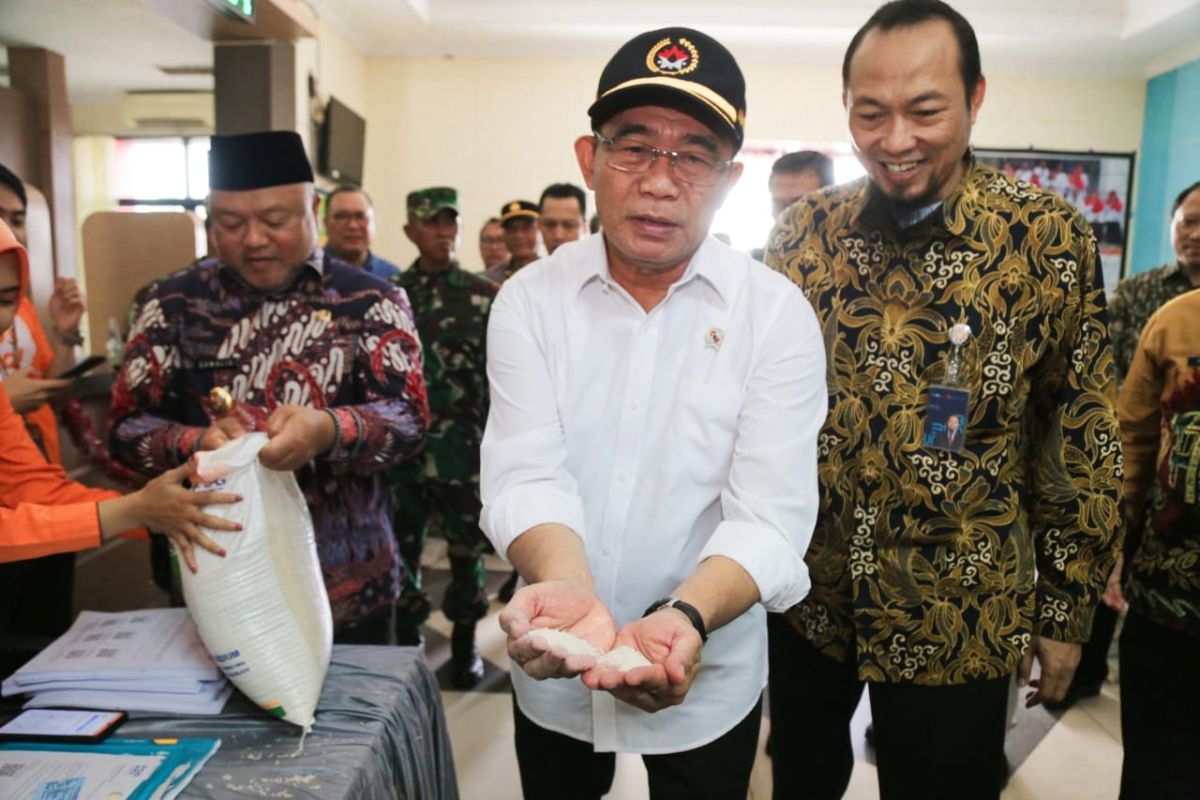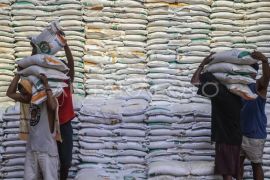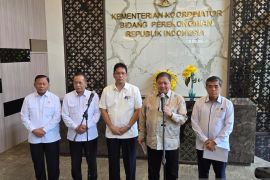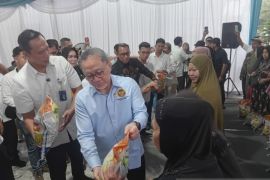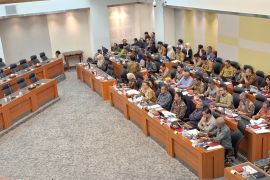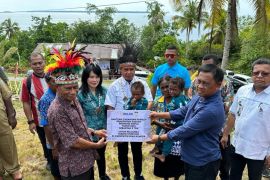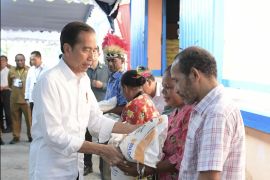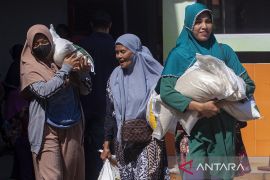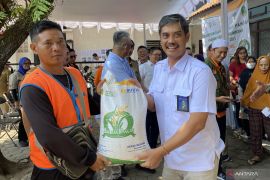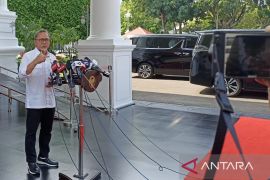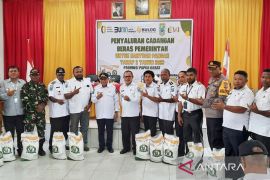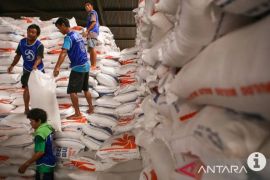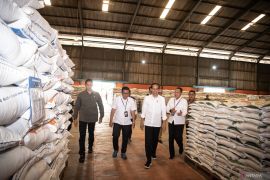"The El Nino rice aid recipients are part of the Integrated Social Welfare Data (DTKS). They usually receive social assistance and direct cash assistance (BLT)," he informed while reviewing food aid distribution in Berau District, East Kalimantan, on Saturday.
Effendy said that through the expansion of food aid beneficiaries, the government is targeting households in the lowest 10 percent group (very poor) to the lowest 30–40 percent (vulnerable group).
"That way, the number, which was usually only 10 million households who are the Family Hope Program beneficiaries in DTKS, now the number is 22 million," he added.
According to him, the government is providing food assistance to help check the increasing prices of food, especially rice.
Extreme weather dynamics such as El Nino last year led to many farmers experiencing crop failure, causing rice prices to increase.
"The rice price increases due to many crop failures that were caused by the El Nino extreme weather dynamics," he explained.
Earlier, President Joko Widodo informed that social assistance programs such as the rice food aid and the El Nino cash assistance relief have been launched in response to the impact of the long drought.
Since September 2023, the government has distributed aid to people in need to strengthen people's purchasing power.
Widodo also responded to allegations of there being a political agenda behind the social aid distribution, especially ahead of the elections.
"It has been distributed since September," he said.
Related news: Bulog affirms no political agendas behind rice assistance disbursal
Related news: Jokowi distributes rice aid to thousand beneficiaries in Central Java
Translator: Asep F, Kenzu
Editor: Rahmad Nasution
Copyright © ANTARA 2024
